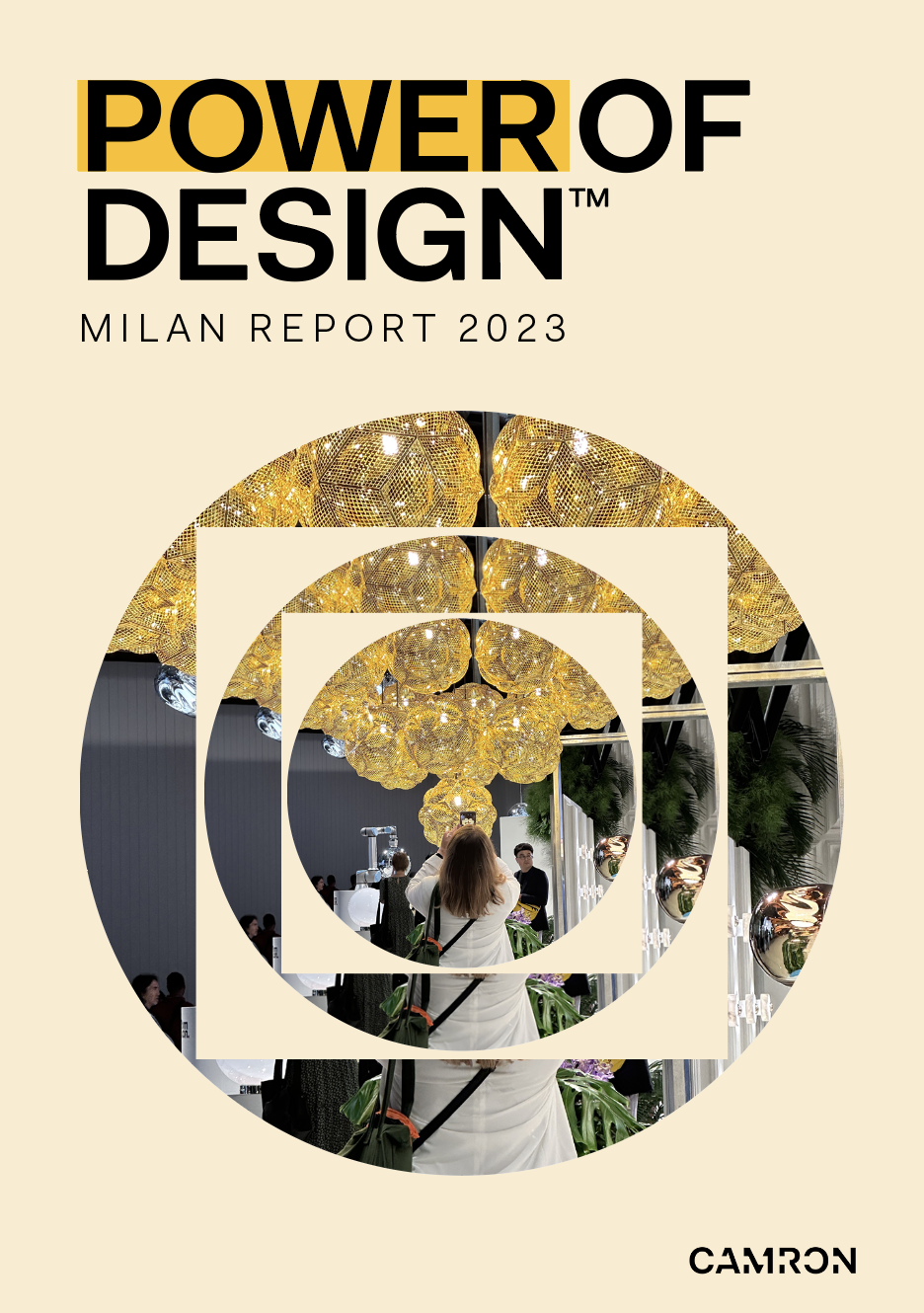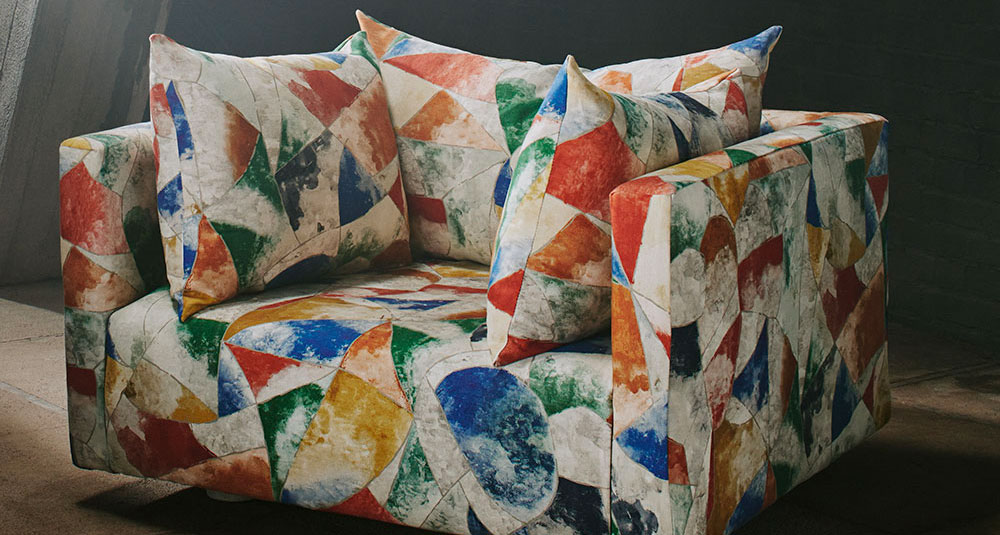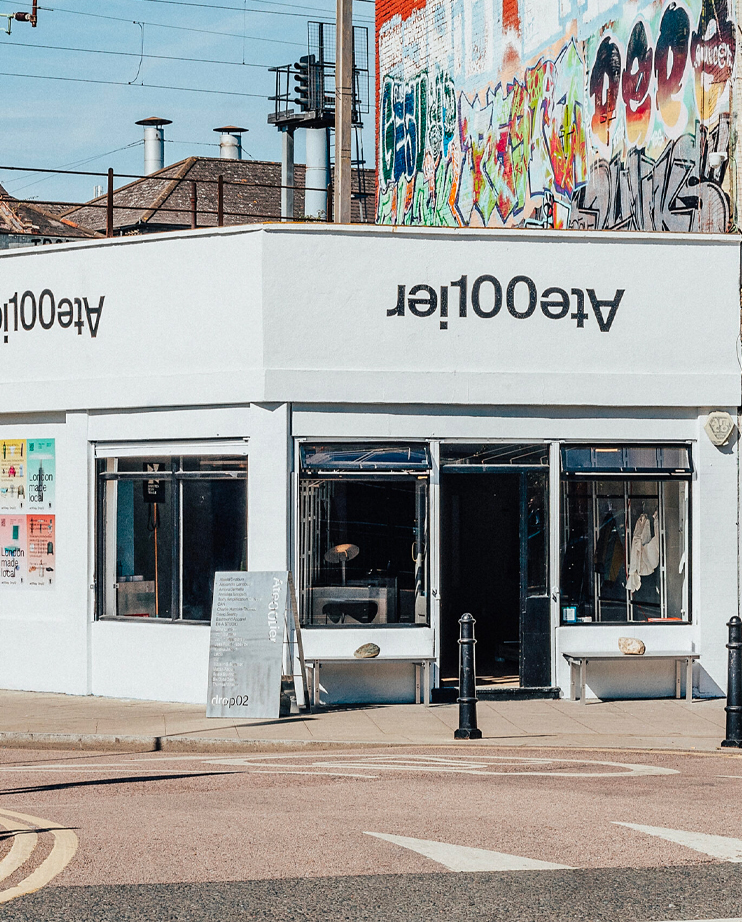Genevieve Bennett, head of design at Liberty shares her guide to London
The maverick ventures reinventing industries where sustainability is designed in from the start.


From cars to boats, bikes to buildings, these maverick enterprises are taking it upon themselves to reinvent industry where megacorps can’t (or won’t). This time, sustainability is a design factor from the get-go.
Out with the old. The 2020s are producing visionaries with a new attitude to sustainable thinking. Their promise: to effect change both radically and – we can hope – rapidly. ‘Make do and mend’, ‘reduce, reuse, recycle’, the mantras of the sustainability movement may be enduring in every sense, but at this stage it’s clearly not enough. With a bold new generation of business, technologies and awareness comes the realisation that sometimes things are too old, too broken, and too outdated to fix. What we really need is bigger, braver, and better funded new ideas. From how we travel to the way we build, sometimes it’s best to start afresh.
After six years of development, Arrival is now just months away from production on its potentially world-changing electric vehicles. The technology company – which has reportedly already reached Unicorn status – credits the success of its vision to its creation of a low carbon strategy for our vehicles and platforms from scratch, leaving the legacy of the combustion engine behind from the very start.
“The development of equitable, safe and clean public transport is crucial for the success and survival of our cities”, says Howard Lichter, Arrival’s VP of Special Projects. “We want to create an integrated transportation ecosystem that can assist cities in meeting their zero-emissions goals and bring clean air to their communities.” Through continuous innovation of hardware, software and materials, Arrival has developed a radical new method for manufacturing that hinges on a network of microfactories. “Arrival’s vehicles – including the major components and materials – have been designed specifically for assembly in these low CapEx, small-footprint production facilities, that can be placed locally to serve the cities that need them.”
It’s this decentralised production strategy that will allow Arrival to make EVs and platforms designed for each city, in the city itself, upskilling local talent in the process and providing modern 21st century jobs. “Most other companies creating EVs are wed to the traditional production line method of manufacturing, and you cannot build a traditional vehicle or EV in a microfactory – our vehicles have been designed specifically using our proprietary enabling technologies and platforms,” explains Lichter.
Meanwhile, eBike start-up Cowboy Bikes is making progress as it looks to grow as an impact business, aligning profit with city and civic impact. Measures include returning bike assembly to Europe, automating many aspects of production, and developing a circular initiative. How does design contribute to effective change? “We work hard at finding the right design solutions,” says co-founder and CEO Adrien Roose, of Cowboy’s mission to create simple yet intelligent, intuitive products. The bike is connected, it’s equipped with built-in sensors that provide Crash Detection, Theft Alerts, Air Quality updates and much more. Cowboy’s software is at the heart of the experience. “We want to remove any possible friction point for users and provide the simplest ride, with help and information along every step of the way. Design is a way to provoke change when it facilitates one’s life and provides a healthier alternative to the status quo.”
Getting around the city is one thing, but we all know that cities themselves – or at least the construction of them – are one of the largest offenders from a sustainability standpoint, with the building industry accounting for 36% of worldwide energy usage, and 40% of CO2 emissions. Automated Architecture (AUAR), a studio operating at the intersection between architecture, design, technology and community, believes that to address the demands of the housing and climate crisis, the business of building needs to be entirely reinvented. “We are revolutionising construction using robotics and automation to empower people and communities to create better and more sustainable homes. We believe in healthy, inspiring and sustainable living environments that are designed by and for local communities,” says Molly Claypool, AUAR’s co-founder and CEO.

Cowboy Bikes
In a solution that is truly a world first, AUAR has designed a modular building system that consists of one type of simple building block, which is robotically pre-fabricated and assembled into dwelling units with minimal material waste. “Our software integrates the whole delivery process, from design to robotic assembly and procurement, localising the production of homes. The units can be easily customised based on site and context.”
With a timber modular cladding system, all additional construction materials – including a non-toxic, recyclable EPDM roof, rubber floor, and paper cellulose insulation – have been selected for their low-carbon, sustainable properties. Like Arrival, AUAR also uses microfactories to localise the fabrication and construction process. Instead of importing materials or modular homes from far afield, this process radically reduces the production chain. “One industrial robot can be a factory, embedded in local communities that need housing, providing opportunities for upskilling local labour and creating new kinds of jobs. This simultaneously reduces the carbon footprint and increases community involvement.”
Arksen is yet another venture taking an industry-reinvention approach – this time with a focus on the oceans. An innovation and technology company in the business of building explorer vessels and vehicles, Arksen is propelled by an expansive vision that makes the superyacht status symbols of the ageing, mega-rich seem impossibly outdated.

Supporting research, design and build with a circular economy in mind and offering new forms of ownership and engagement, Arksen has a fresh point of view and a laser focus on the next generation. Alongside its Expedition Vehicles – for traversing both sea and land, including yachts, tenders, support vessels and trucks – its Expedition Labs are dedicated to adventure planning and preparation in every sense, from equipment to outposts. There is also an Arksen Foundation that exists to facilitate scientific research and provide project funding.
Throughout materials and manufacturing, the design process has been developed to minimise environmental impact and optimise recyclability at the end of life. Jasper Smith, Arksen’s founder, explains. “In summary, we are trying a different approach – one that is rooted in sustainability and the joy of experiences rather than ownership alone.”
Arksen is pioneering a syndicate model for its boats, allowing members to access fully serviced vessels as required rather than, as is typical, leaving them moored in a marina for 96% of the time. Its social philanthropy model goes one step further still, seeing owners donate sea time to ocean research and conservation projects. “Transforming what are often seen as opulent toys into a network of vessels that can further our understanding of the ocean is very powerful,” says Smith. “Within a few years I’m not sure any other model could be justified.” In a similar vein, Arrival plans for its car to help address the global need to shift to ride-hailing and shared mobility, not least through partnerships – for example with Uber. The Arrival Bus, meanwhile, aims to provide cities with the multi-modal zero-emission transportation ecosystem required to meet the city’s sustainability goals.
“We have evolved past the need to own everything in order to reflect status or power, and that not only applies to consumer products, but to businesses too”, says Smith. “Collaboration between designers, suppliers, shipyards and end users offers many more engagement opportunities to help share resources for mutual benefit. This will allow greater investment in technologies, systems and processes that promote rapid change (such as hybrids, hydrogen fuel cells and sustainable materials) and the design of products that embrace the principles of a circular economy.”
It is easy to conclude that smart tech, extreme materials, automated manufacturing and microfactories are all helping us to create better, more efficient and more consumer-friendly products. But where innovation is also making a huge difference is in the design of a more collaborative business structure. Whatever advances we make, we seem to be reaching a consensus that we’ll never achieve the sum of our parts if we operate in isolation.




